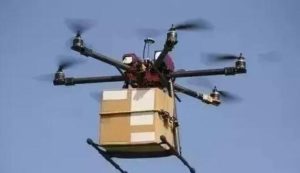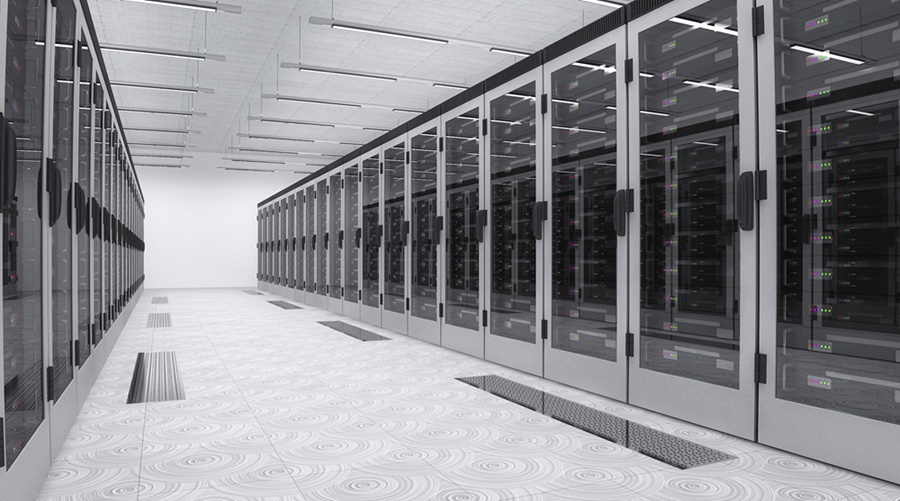The Internet of Things (IoT) is a technological revolution with the goal of embedding short-range mobile data transceivers into gadgets or things in everyday life, bringing new developments to the field of information communication technology.
Frost & Sullivan’s research report presents eight trends in the Internet of Things:
First, the Internet of Things will evolve into a cognitive tool
The development of the Internet of Things in 2017 will evolve from the IoT version 0.0 connectivity to the IoT 2.0 version of cognitive computing and predictive computing.
- IoT 0.0 is a Machine-to-Machine (M2M) feature that includes online devices that integrate enterprise or consumer applications through mobile phones or with other networks, with minimal data, and focus on embedding. The “plumbing” aspect of hardware and mobile networks.
- IoT 1.0 features include cloud computing, integrated enterprise management, and support for new business models such as product-as-a-service, appliance, and network security, big data analytics, and focused on integrating software features and applications.
- IoT 2.0 features: The Internet of Things will move from data application to event response to the use of perceptual tools and cognitive operations (or predictive computing).
Second, cognitive technology has become a new wisdom
The Internet of Things is rapidly turning to artificial intelligence (AI) to change smart devices and react directly to changes in the environment without human intervention.
2017 Cloud Services and AI integration solutions that integrate APP, machine learning and AI to provide complete situational awareness, forecasting, and specification capabilities and help organizations realize the value of the Internet of Things.
Third, recognize the commercialization of the Internet of Things platform
Large enterprises will continue to build ecosystems and provide building blocks at the lowest cost to promote innovation and develop new IoT-related solutions and capabilities.
The war on the IoT platform has already begun, including Amazon Web Services, Microsoft Azure Internet of Things, IBM Watson Cloud Computing, SAP HANA, and PTC’s Thingworx. Companies such as AT&T, Verizon, and Cisco, which have their own IoT ecosystems, will continue to provide building blocks to larger platform vendors and begin to move their ecosystems to the larger IoT ecosystem.
Fourth, drone transportation has come true
Amazon first made the drone successfully transport parcels on December 7, 2016. Frost & Sullivan estimates that the drone commercial test regulations will be passed in 2017 and will provide drone transport services by the end of 2017. In addition, Qualcomm and AT&T are also testing drone commercial transportation, drone monitoring of forest fires, cell towers, and cables, while continuing to lobby legislators to approve drones with sensors for commercial use.
Fifth, The Internet of Things is a crisis of national cybersecurity
Unsafe devices and malware are threatening to become a security threat to the Internet of Things. In 2017, hackers invaded IoT devices and caused losses. For example, in October 2006, DDoS attacks, hackers successfully invaded unsupervised cameras. Billions of network devices are currently in operation, and similar hacking attacks will invade grid infrastructure, connected cars, traffic monitors, nuclear power plants, etc., which will become a national network security crisis.
Sixth, the integration of smart cars and smart homes has been achieved
The Internet of Things enables mobile devices and smart homes to be integrated, helping consumers realize their dream of centrally managing digital life. These include shared cars, integrated train and aircraft itineraries, car rentals, transportation to respond to demand (TAXI, BRT), mass transit in the city, automotive energy management, APP, journey planning, big data, dynamic parking, private butlers, etc. Wait.
VII, AI assistant for competitive advantage
Amazon, Google, Apple, and Microsoft are all trying to capture the market share of personal assistants, in order to compete for the market for the home, consumer Internet of Things and artificial intelligence. In the development of the AI Personal Assistant in 2017, the existing services were first integrated with the AI Personal Assistant with Smart Home Solutions; the second phase was integrated with the Internet of Vehicles; the third phase was integrated with autonomous driving; The large introduction of AI personal assistants by small companies will increase the competitive pressure of market leaders.
Eight, the popularity of cloud computing
Efficient data standards and Fog Computing will support Endpoint intelligence and will help the future deployment of the Internet of Things.
- Point computing features: simple, private cloud-based IoT deployment; enterprise back-end data processing; application-centric communications.
- Features of Cloud Computing: Emerging applications based on public cloud-based IoT deployments, coordinated IoT deployments, and cloud-centric communications.
- Features of Fog Computing: In the fog computing environment, endpoint-level data management, semi-autonomous (I-network) IoT applications, and data-centric communication.





